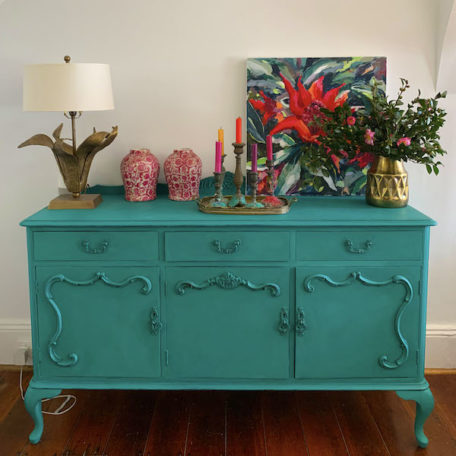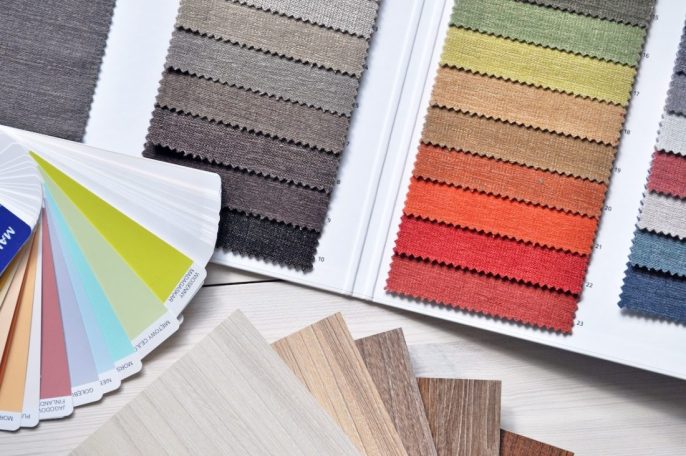As an interior designer, my USP is colour; my clients often call me the queen of colour!
Colour is powerful, it’s about emotion – it can stimulate, heal, soothe, agitate or even make you angry. Painting a room the wrong colour can create a raft of negative emotions every time you walk in.
A lot of people are afraid of colour. They may love it and even wear it but putting it in the home is a different matter.Think about the colours you love and are comfortable with. Grey is currently trendy but don’t paint grey rooms just to follow a trend or because your friends have grey rooms.

If you are thinking of introducing colour on the walls of a room, here are three things to consider:
- Atmosphere – What sort of mood do you want to create in the room? Do you want a cosy feel or a light and airy feel?
- Light – The most important thing to consider when choosing a colour is which way the room faces and the quality and intensity of the light as it moves through the house during the day. For example, in the Southern Hemisphere, a north facing room is bright and sunny and the easiest to decorate because the quality of the light means every colour looks good. A south facing room is the most difficult room to decorate especially if you want to create light and space because it gets no direct sunlight. East facing rooms have a blue light and are warm in the morning and cold in the evening. West facing rooms are the opposite of east facing rooms – cold in the morning but warm in the evening. With both east & west facing rooms when you use the rooms is an important factor in the colours you choose.
- Size of the room – For large rooms use blues & greens as they are receding colours. The paler tones create an illusion of space and the brighter tones will cool down a hot room. These colours are soothing so perfect for private spaces like bedrooms. Reds & yellows are advancing coloursand are stimulating therefore good for social spaces like dining rooms and sitting rooms. The Victorians often painted their dining rooms in red to stimulate conversation. Use in moderation in small rooms or on low ceilings or they will make the room feel claustrophobic
If you are afraid of colour use the 80/20 approach to colour – 80% neutrals 20% strong colours.
Here are some ways to introduce colour in a room (I have used images of client work or my own home):
Accessories – cushions, throws, flowers, plants, artwork, rugs etc which can be easily removed.


Low down, below eye level – lower part of a kitchen island and/or undercounter kitchen units; a free-standing bath. These images are from a client’s home.


A piece of furniture.

A downstairs loo/cloakroom is a great place to have some fun with colour and create a wow factor with paint or even wallpaper as they are rooms you don’t spend much time in.


Porter’s Paints have a new range of colours, their latest Capsule Collection which are available the first time at Bunnings stores as well as in their own Porter’s Paints stores. These fabulous 32 original Porter’s colours have been designed to work together or stand-alone making it easier for you to create a colour palette for a room.










